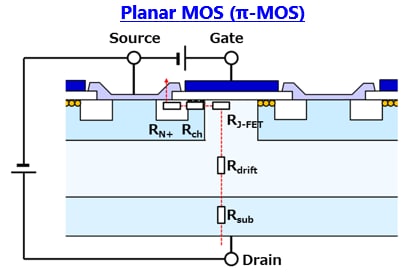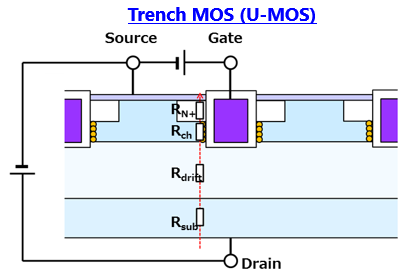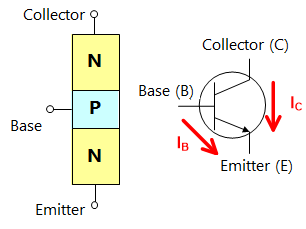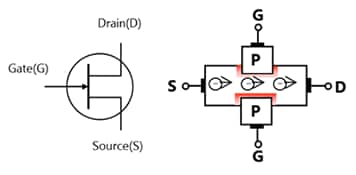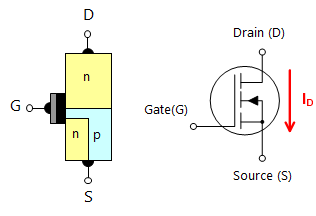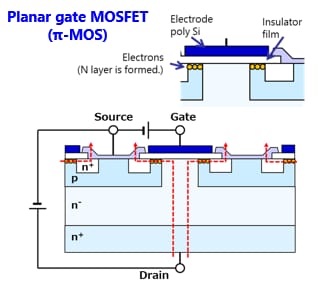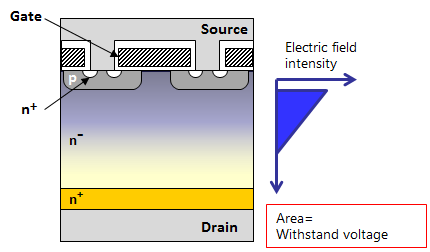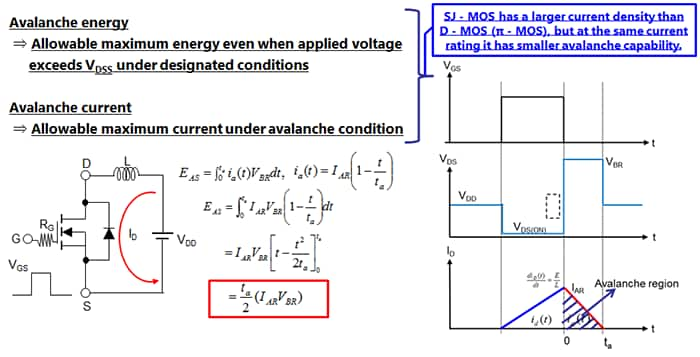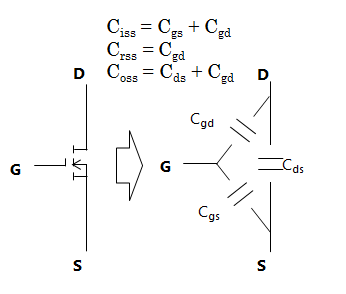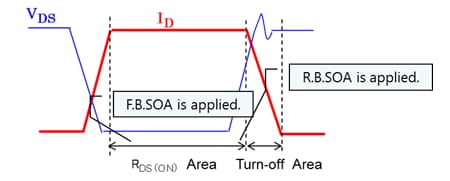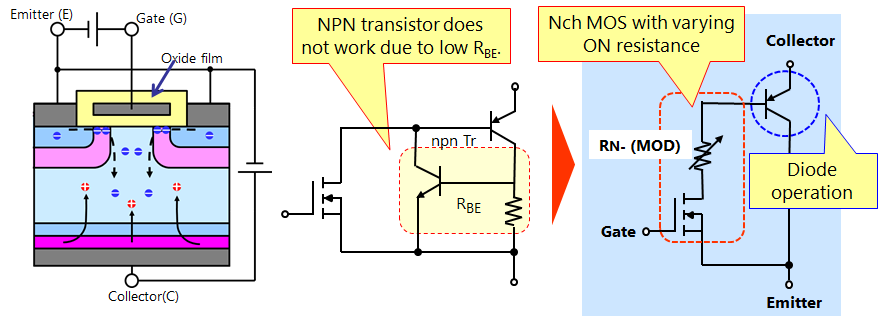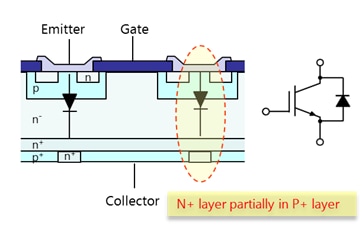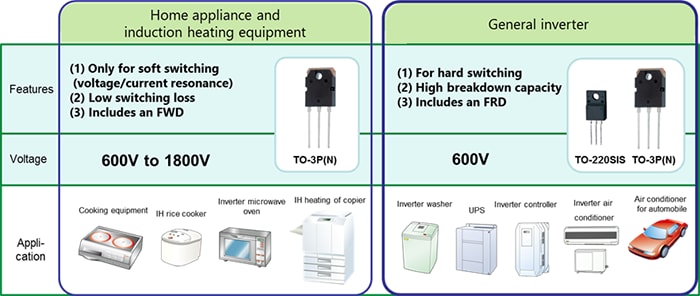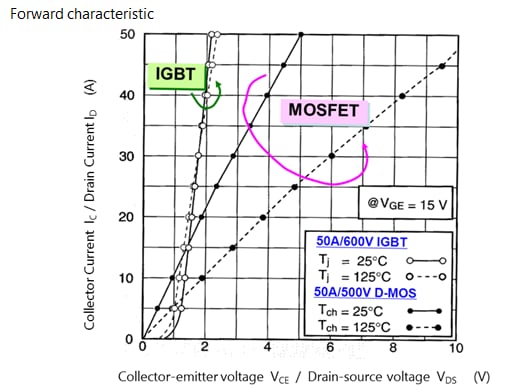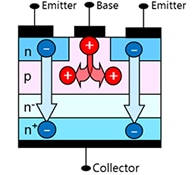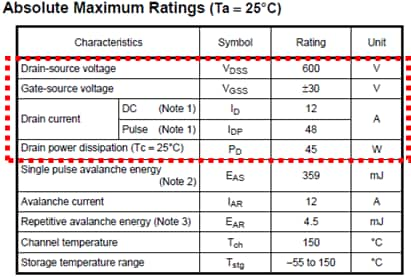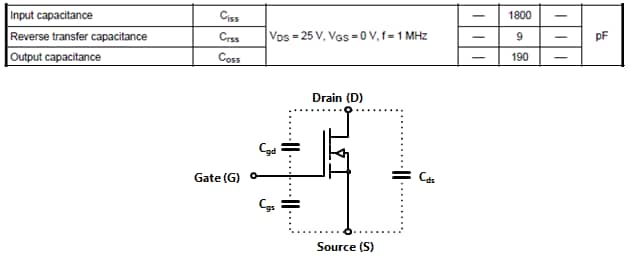- General Top
- SEMICONDUCTOR
- STORAGE
- COMPANY
-
My ToshibaSemicon
- Semiconductor Top
-
ApplicationsAutomotive
Body Electronics
xEV
In-Vehicle Infotainment
Advanced Driver-Assistance Systems (ADAS)
Chassis
IndustrialInfrastructure
BEMS/HEMS
Factory Automation
Commercial Equipment
Consumer/PersonalIoT Equipment
Healthcare
Wearable Device
Mobile
Computer Peripherals
-
ProductsAutomotive Devices
Discrete Semiconductor
Diodes
Transistors
Logic ICs
Analog Devices
Digital Devices
Wireless Devices
※
: Products list (parametric search)
Power SemiconductorsSiC Power Devices
※
: Products list (parametric search)
Isolators/Solid State RelaysPhotocouplers
Digital Isolators
Solid State Relays
Fiber Optic Transmitting Modules
※
: Products list (parametric search)
MOSFETsIGBTs/IEGTsBipolar Transistors※
: Products list (parametric search)
Diodes※
: Products list (parametric search)
MicrocontrollersMotor Driver ICsIntelligent Power ICs※
: Products list (parametric search)
Power Management ICsLinear ICs※
: Products list (parametric search)
General Purpose Logic ICsLinear Image SensorsOther Product ICsOther Product ICs
※
: Products list (parametric search)
-
Design & Development
-
Knowledge
- Where To Buy
- Part Number & Keyword Search
- Cross Reference Search
- Parametric Search
- Stock Check & Purchase
This webpage doesn't work with Internet Explorer. Please use the latest version of Google Chrome, Microsoft Edge, Mozilla Firefox or Safari.
require 3 characters or more. Search for multiple part numbers fromhere.
The information presented in this cross reference is based on TOSHIBA's selection criteria and should be treated as a suggestion only. Please carefully review the latest versions of all relevant information on the TOSHIBA products, including without limitation data sheets and validate all operating parameters of the TOSHIBA products to ensure that the suggested TOSHIBA products are truly compatible with your design and application.Please note that this cross reference is based on TOSHIBA's estimate of compatibility with other manufacturers' products, based on other manufacturers' published data, at the time the data was collected.TOSHIBA is not responsible for any incorrect or incomplete information. Information is subject to change at any time without notice.
require 3 characters or more.
3-8. MOSFET Performance Improvement: Decision Factors of RDS(ON)
Download "Chapter III : Transistors" (PDF:2.0MB)
(1) The MOSFET device structure is selected according to the required voltage rating(VDSS). For example, many middle and high voltage MOSFETs (VDSS=250V or higher) have planar gate MOS(π-MOS) structure, and products with less than VDSS=200V have more trench gate MOS(U-MOS).
(2) The factor that determine the on-resistance RDS(ON) are shown in Fig.3-7 and Equation 3-(1). Depending on the structure and VDSS of MOSFET, the ratio of factors determining RDS(ON) will change. When the π-MOS structure is chosen, Rdrift becomes the dominant factor in VDSS=600V products, while the ratio of Rch+RJ-FET is high in VDSS=30V products. However by applying U-MOS structure, Rch will be very small.
RDS(ON)=Rsub+Rdrift+RJ-FET+Rch+RN+ --- Equ.3-(1)a
RDS(ON)= Rsub+Rdrift+Rch+RN+ --- Equ.3-(1)b
@ VDSS=600 V : Rdrift >> Rch > RJ-FET , RN+ , Rsub → RDS(ON) depends on Rdrift
@ VDSS= 30V : ●π-MOS --- Rch + RJ-FET > Rdrift >> RN+ , Rsub. ●U-MOS --- Rch≈ Rdrift >> Rsub, RN+
→ Dependence of RDS(ON) on Rch can be minimized by fine patterning of U-MOS structure.
Chapter III : Transistors
Related information
- Products
- Application Notes
- FAQ


